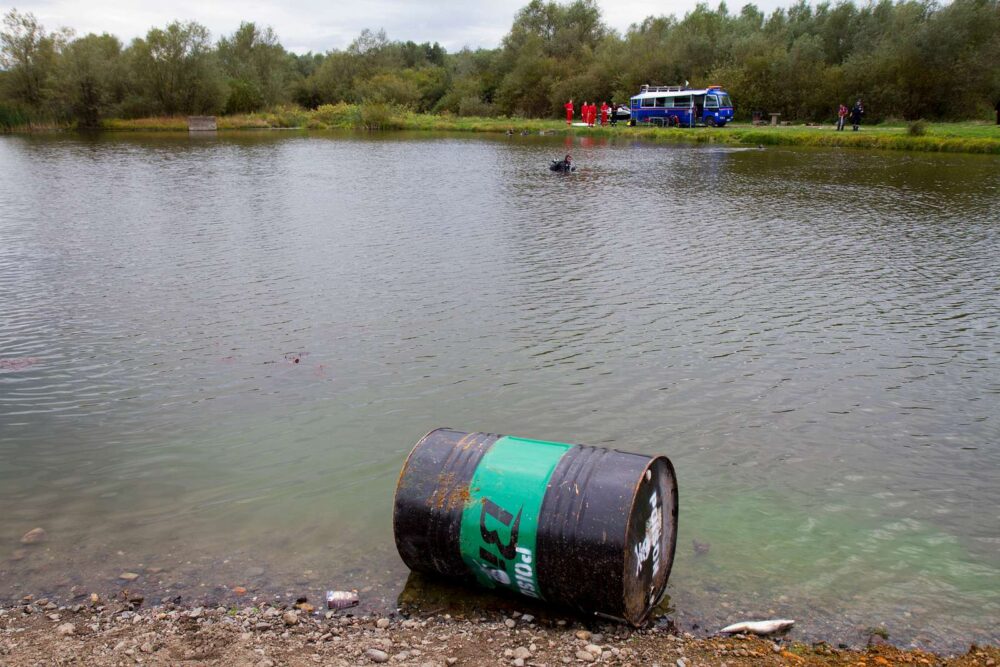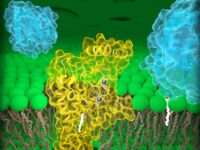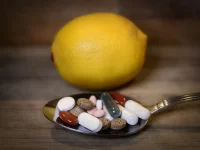Many of us have the privilege of being able to use convenient and efficient items in all aspects of our lives. We use non-stick cookware to avoid having to viciously scrub their stainless steel counterparts after a long day of work. We use stain-resistant clothes that have the added benefit of being water-repellant. This privilege of convenience comes at a price, however. Many of these items are manufactured using perfluoroalkyl and polyfluoroalkyl substances (PFAS), which are human-made chemicals that are industrially used for consumer products.
The worrying aspect about these chemicals is that they do not break down naturally and remain in the environment. According to a study by Fatihah Suja from the National University of Malaysia, they can be “released into the water environment through both point source (industrial and sewage treatment plant) and non-point source (surface runoff and atmospheric) discharges.” This is especially worrisome for aquatic ecosystems, where these chemicals may bioaccumulate within fish, which can later be consumed by birds or humans, further distributing them throughout the food chain.
A more direct path of human consumption is the contamination of tap water designated for drinking. Water treatment plants have been deemed inadequate for the treatment and removal of PFAS, allowing them to infiltrate drinking water reserves. This direct consumption of PFAS can pose serious health risks. A 2020 study led by Suzanne Fenton of the National Toxicology Program determined that multiple PFAS chemicals have various health effects that were considered toxic to humans. These health effects include altered immune and thyroid function, liver disease, kidney disease, and cancer.
With this toxic chemical permeating our drinking water and ecosystem, one must think about the preventative measures that need to be taken to stop the spread at its source. Many bright scholars across the globe have been researching PFAS to understand further the implications of PFAS as well as the possibilities of mitigating their spread. Working with Northeastern University professor Annalisa Onnis-Hayden, undergraduate students Ben Lanava, Brant Barbera-Hwang, and Blade Kalikow have taken the initiative and began to research the phytoremediation, or the removal of toxic materials using plants, of PFAS in wetland areas.
Using their knowledge of wetland environments, these students selected Juncus effusus, a native, fast-growing wetland plant known for its remediation capabilities of metals such as lead. The fibrous roots of this plant and its ability to grow while suspended in water make it a prime candidate for chemical cleanup and mitigation efforts. Lanava and his peers want to observe the possibility of PFAS translocation, the absorption of the chemicals by the plant through its roots. If this is possible, J. effusus may very well be a top choice for large-scale PFAS remediation in water bodies such as reservoirs, lakes, and rivers.
To proceed with their experiment, the Northeastern students have set up industrial-grade plastic containers, with and without J. effusus, suspended in PFAS-contaminated water. The containers without plants act as the control group used to compare against the experimental group to see if the chemicals attach themselves to the lining of the container.
After a set period of time, water samples from the containers are collected and heated to a point where condensation causes water to separate from the dissolved chemicals. This results in a super-concentrated solution of any chemical and substance within the sample. Plant samples are also extracted and ground up, with the resulting powder being dissolved in a separate vial of water. The same condensation process is applied to the plant samples to separate the water and the chemicals from one another. Components of the sample are then individually separated for mass spectrometry testing, revealing the proportions of each substance within it. Depending on the results of the experiment, J. effusus may be an effective prevention and clean-up method for PFAS chemicals within water bodies.
Lanava has optimistic views of his project. The “implications of this research could potentially provide a biological treatment method for the remediation of PFAS from water to not only save thousands in operating costs for water treatment plants but hopefully thousands of lives as well,” he said.
While students such as Lanava have been working hard on the frontlines of scientific research, consumers around the world can be more cautious of the products they are buying. Being conscious of the materials and chemicals used to create waterproof coatings and non-stick applications can reduce the risk of consumption and contamination. Careful consideration of the things we use can help preserve our good health and increase our vigilance against toxic substances.
Image courtesy of NARA & DVIDS Public Domain Archive






